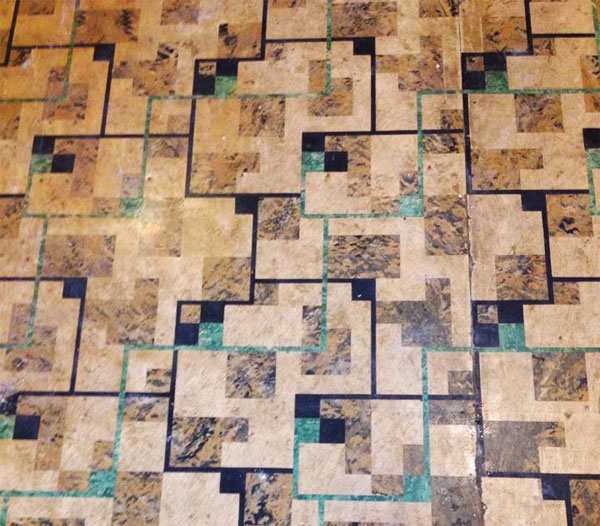Asbestos Still a Trying Issue - Page 2
 |
|
|
 |
|
|
 |
|
|
This of course is true if the asbestos is disturbed by anyone other than a well-outfitted professional. It's a big concern because the effects of asbestos inhalation kill 10,000 Americans a year, including one in every 125 deaths over age 50.
Still our experts were able to give direct answers to some of our concerns. Regarding our Eichler owner's discovery of asbestos mastic under her carpet, James commented, "I see that all the time and I say, 'Whoa, I don't want to be there when it gets pulled up.'"
"Anything greater than one percent is considered dangerous," said the other asbestos expert. "That's why the EPA regulates it."
Since, as Lerner notes, asbestos dust from tile or mastic adhesive cannot be inhaled unless it is actually disturbed, homeowners often maintain the undisturbed state by laying new flooring over the top.
"There are times when people decide to tear it [asbestos] out, but you need to have a qualified contractor do it," he added.
One expert said that while "each situation is different," a home is generally not safe to inhabit for two to three days after asbestos removal.
Regarding the homeowner's query about the safety of a 'barrier layer' to cover asbestos, Lerner conceded, "We can often 'float' that existing flooring with patching compounds."
'Float' is the industry term for covering an existing floor with a thin coat before laying down a new floor. It is far less expensive than asbestos remediation and, according to flooring experts consulted, suitable for many flooring types popular with Eichler owners.
"Some type of impermeable membrane is recommended," Jones said of homeowners who decide to leave flooring that contains asbestos in place.
Lerner conceded that multiple, layered surfaces "can cause instability in the floor," but said one layer atop original flooring rarely causes a problem.
"A lot of it really depends on what [the new flooring product is that] they're putting down," he stated, noting that most surfaces will effectively cover any irregularities in the original flooring. "The only types of floor that's going to require a smooth surface to go over would be sheet vinyl or linoleum."
"Real linoleum, it needs a really nice surface for it to go well," Lerner said. The flooring executive added that other surfaces popular in Eichlers, such as laminate and cork, will work fine on top of old tile. Nonetheless, he conceded, "Having it abated and removed will give you the best result."
• For our previous article explorations on asbestos and abatement concerns for homeowners, click here. To search our website and Chatterbox Lounge forum for much homeowner input on the topic, click here and search for 'asbestos' and 'abatement' in the page's search box.




